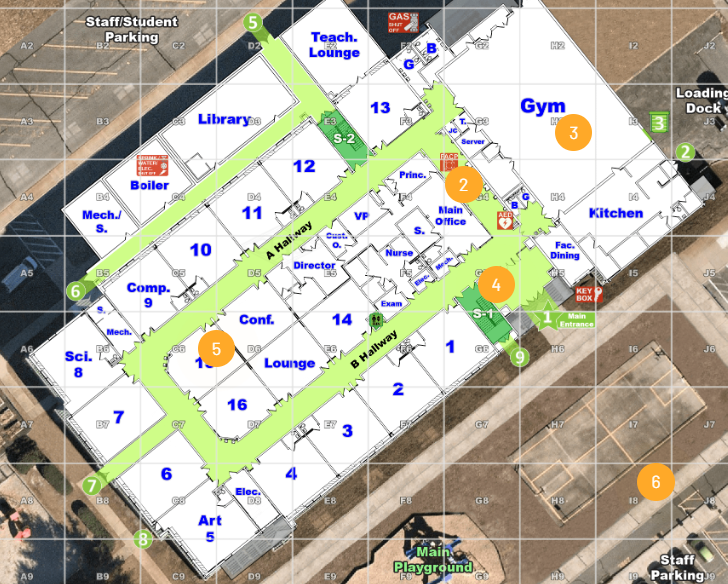Minneapolis School Shooting Highlights Critical Role of Tactical Maps for First Responders
- Sarah o'Neill

- Sep 7, 2025
- 2 min read
The Minneapolis tragedy has once again pushed parents and educators to confront the ongoing crisis of school safety in America. During morning Mass, a 23-year-old gunman opened fire, killing two children and wounding more than 20 others before taking their own life.
While many schools now look to sensors, cameras, and monitoring systems to detect threats, another piece of the puzzle is ensuring first responders have the right information the moment they arrive. Delays in locating victims, identifying entry points, or coordinating among multiple agencies can cost lives in the critical minutes after an attack begins.
That gap is what New Jersey–based Critical Response Group (CRG) aims to close. The company develops Collaborative Response Graphics, standardized digital maps of school buildings and grounds designed to be shared across all emergency services. These graphics fuse floor plans, aerial imagery, and critical data—such as door numbers, hallways, and staging areas—into a single, easy-to-read visual tool.

When integrated into 911 centers and distributed to police, fire, and EMS, CRGs allow responders to orient themselves instantly. Instead of wasting time asking “Where is the gym entrance?” or “Which wing has the second-grade classrooms?” dispatchers and officers can see it immediately and move with precision. The company’s tools are already in use in thousands of schools nationwide, and law enforcement officials say they cut down on confusion that often hampers crisis response.
Another technology gaining traction is AI-powered weapon detection cameras. Companies such as ZeroEyes and Robotic Assistance Devices (RAD) offer software that scans existing security camera feeds to identify visible firearms before a shot is fired. ZeroEyes combines AI with human verification in its operations center, while RAD’s “Bailey’s Promise” program provides low-cost licenses to schools nationwide. Both systems aim to trigger rapid lockdowns and alerts, giving students and staff precious seconds to react.
As the Minneapolis community grieves, safety experts warn that prevention and detection are only half the solution. Ensuring responders know exactly where to go once an attack unfolds, they argue, can be the difference between chaos and control—and between lives lost and lives saved.





